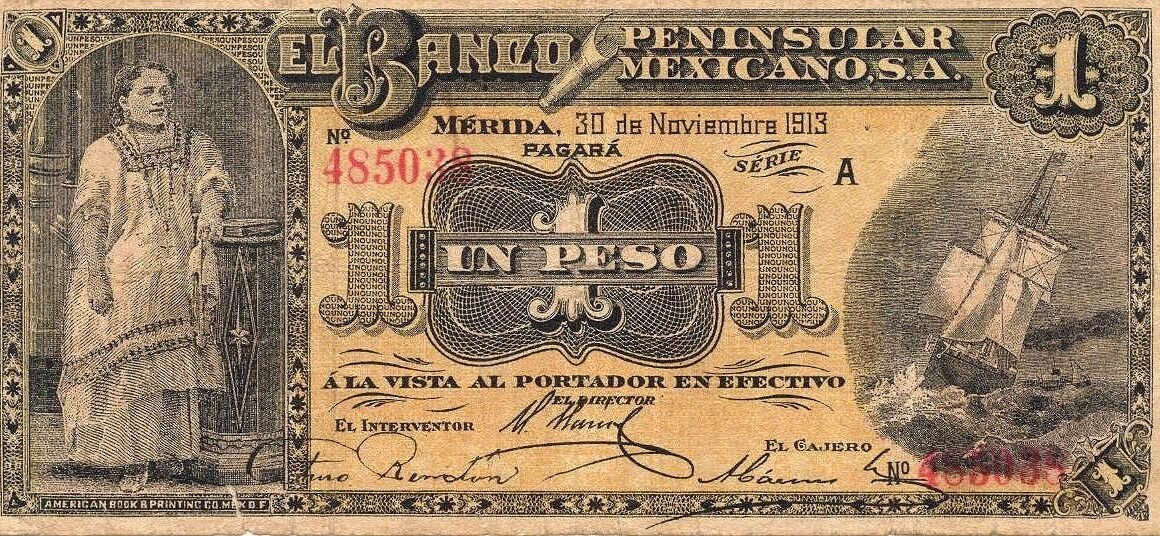Navigating the world of personal finance can feel overwhelming, but building a solid foundation with the right tools makes all the difference. One of the most fundamental and often overlooked tools is a simple savings account. More than just a place to stash your cash, a savings account can be a powerful asset for achieving your financial goals, providing security, and earning interest on your deposits. Let’s dive deep into understanding savings accounts and how to make the most of them.
Understanding Savings Accounts
What is a Savings Account?
A savings account is a secure deposit account offered by banks and credit unions designed to help you store your money and earn interest. Unlike checking accounts, which are primarily used for everyday transactions, savings accounts are intended for accumulating funds over time.
- Key Features:
Federally insured (up to $250,000 per depositor, per insured bank or credit union). This means your money is safe even if the bank fails.
Typically earns interest, although the rate can vary significantly.
Easy access to your funds through online transfers, ATMs, and in-person withdrawals (though often with limitations).
Often linked to your checking account for easy transfers.
Types of Savings Accounts
While the basic function remains the same, different types of savings accounts cater to various needs:
- Traditional Savings Accounts: The most common type, offering basic features and typically lower interest rates.
- High-Yield Savings Accounts (HYSAs): Offered by online banks and some traditional banks, these accounts generally offer significantly higher interest rates than traditional savings accounts.
- Money Market Accounts (MMAs): These accounts often require higher minimum balances but may offer slightly higher interest rates than traditional savings accounts, along with limited check-writing privileges.
- Certificates of Deposit (CDs): While technically not a savings account, CDs are a related product. You deposit a fixed amount of money for a specific term (e.g., 6 months, 1 year, 5 years) and earn a fixed interest rate. Early withdrawal usually incurs a penalty.
How Savings Accounts Work
Savings accounts work by allowing you to deposit funds into the account and earn interest on the balance. The interest earned is usually calculated daily and paid out monthly or quarterly. The Annual Percentage Yield (APY) reflects the total amount of interest earned on your deposit after taking into account the effect of compounding. The higher the APY, the more interest you’ll earn.
Example: Let’s say you deposit $1,000 into a savings account with an APY of 2.0%. After one year, you would earn approximately $20 in interest (before taxes). High-Yield Savings Accounts can offer APYs exceeding 4% in some environments, substantially increasing your returns.
Benefits of Having a Savings Account
Emergency Fund
One of the most compelling reasons to have a savings account is to build an emergency fund. Financial experts recommend having 3-6 months’ worth of living expenses saved up to cover unexpected costs like medical bills, job loss, or car repairs.
- Example: If your monthly expenses are $3,000, you should aim to have $9,000-$18,000 in your emergency fund.
Saving for Specific Goals
Savings accounts are excellent tools for saving towards specific financial goals, such as:
- Down payment on a house
- Vacation
- New car
- Education
- Retirement (though retirement-specific accounts are generally preferred)
Earning Interest
While interest rates on traditional savings accounts can be low, High-Yield Savings Accounts can provide a significant return on your savings compared to keeping your money in a checking account or under your mattress. Even small amounts of interest earned can add up over time, thanks to the power of compounding.
Security and Accessibility
Savings accounts offer a secure and accessible way to store your money. Your deposits are protected by FDIC or NCUA insurance, and you can easily access your funds through online transfers, ATMs, or in-person withdrawals.
Choosing the Right Savings Account
Interest Rates and APY
Compare interest rates and APYs across different banks and credit unions. Look for High-Yield Savings Accounts to maximize your earnings. Remember, APY is a more accurate representation of your return because it considers compounding.
Fees and Minimum Balances
Pay attention to any fees associated with the account, such as monthly maintenance fees, excessive withdrawal fees, or minimum balance requirements. Choose an account that fits your budget and savings habits. Some accounts waive fees if you maintain a certain minimum balance.
Accessibility and Convenience
Consider how easily you can access your funds. Does the bank have convenient online banking, mobile apps, and ATM locations? Is it easy to transfer money between your savings and checking accounts?
- Online Banks vs. Traditional Banks: Online banks often offer higher interest rates and lower fees due to their lower overhead costs. However, they may not have physical branches, which can be a drawback for some.
FDIC or NCUA Insurance
Ensure that the savings account is insured by the FDIC (Federal Deposit Insurance Corporation) if it’s a bank, or the NCUA (National Credit Union Administration) if it’s a credit union. This protects your deposits up to $250,000 per depositor, per insured institution.
Maximizing Your Savings
Automate Your Savings
Set up automatic transfers from your checking account to your savings account on a regular basis. This makes saving effortless and helps you build your savings consistently.
- Example: Schedule a weekly or monthly transfer of $50-$100 from your checking account to your savings account.
Avoid Frequent Withdrawals
Try to avoid withdrawing money from your savings account unless it’s for a true emergency or a pre-planned goal. Frequent withdrawals can deplete your savings and undermine your progress.
Take Advantage of Employer Matching
If your employer offers a savings plan with matching contributions (e.g., 401(k), HSA), take full advantage of it. This is essentially free money that can significantly boost your savings.
Regularly Review and Adjust
Periodically review your savings goals and progress. Adjust your savings plan as needed based on your income, expenses, and financial goals. Also, compare interest rates on savings accounts to ensure you’re getting the best possible return.
Conclusion
Savings accounts are an essential tool for building a strong financial foundation. By understanding the different types of savings accounts, choosing the right one for your needs, and implementing effective savings strategies, you can achieve your financial goals, build an emergency fund, and secure your financial future. Don’t underestimate the power of consistent saving – even small amounts can add up over time and make a big difference in your financial well-being. Take action today to open a savings account and start building your savings!



